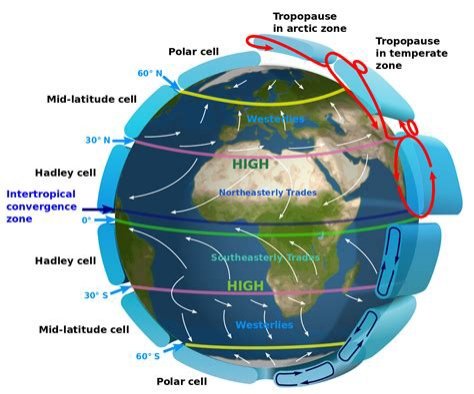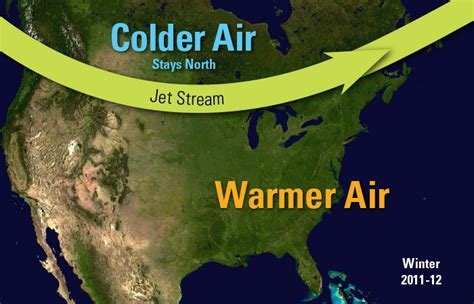In the atmosphere, through the movement of warm and cold air masses (winds)as latent heat in water vapour: water evaporates from oceans in the tropics and is released at higher latitudes when the vapour condenses into clouds.
Heat- moisture and gases such as oxygen and carbon dioxide flows between the two over periods of days to a few years. The surface ocean is only a few hundred metres deep. Beneath lies the deep ocean, where the water is very cold and dense. This prevents it "Exchange".
Between the surface and deep ocean is the thermocline, a layer of water down to about 1000m, where the temperature decreases rapidly with depth. The thermocline acts like a lid on the deep ocean, keeping the cold, CO2 -and nutrent-rich deep water from returning to the sfc.
Looking at the vertical structure of Atlantic water (above), at what latitudes does deep water form? How does this relate to the thermocline?
A1.
Deep water forms at high latitudes (typically north and south of 60°) in both the southern and northern hemisphere's.
A2. .In the North Atlantic the temperatures in the sinking region are typically less than 4°C. In the Southern Ocean the temperatures are typically around 0°C or less. This means AABW (formed in the Antarctic) is colder and denser than NADW (formed in the North Atlantic).
Not CO2 not you however great ocean transport.
End.























